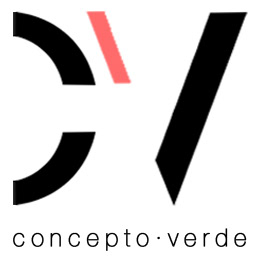PUERTOS TURÍSTICOS
"Plan de navegación turística de Alto Magdalena"
Clinete: Corcuencas – Gobernación del Huila
Año: 2014
Estado: Suspendido
Diseño: Arquitectura
Localización: Juncal, Neiva, Villavieja
Año: 2014
Estado: Suspendido
Diseño: Arquitectura
Localización: Juncal, Neiva, Villavieja
Puerto turístico 1: Villavieja
The project of Villavieja is conceived as part of the Park project in this place. It consists of an adaptation of the existing stairs through a change of materials and the construction of an elevator that allows the access of children, the elderly, and the disabled. On the top floor of the tower is located the elevator machine room and a small astronomical observatory.
Puerto turístico 2: Neiva
The urban dock of Neiva seeks to develop the proposed program through an intervention strategy that transforms the place into an "Urban Hall", dedicated to the boarding of passengers, and to the contemplation of the river.
For this, the project conserves the existing trees to take advantage of them as a climate control factor, inserting them in a series of wooden terraces in which the elements of the program are located: a small waiting room and a covered cafe that serves as a place of waiting for taxis, cars, and tourist buses.
Puerto turístico 3: Juncal
The project for four river ports in the Magdalena River has been conceived to be developed as a single hybrid system between the common conditions of the river-such as climate, vegetation, water cycles-and the landscape qualities of each site. To achieve a common identity for the docks system, it is proposed to develop the different sites using the same materials, and constructive and compositional aspects. This strategy allows easy identification of the piers within the river system, reducing construction costs, minimizing the environmental and landscape impacts of each project, and facilitating the process of assembly and construction of each dock and its facilities. Each project is constituted by a system of piers in the deck and a set of open pavilions containing the auxiliary facilities port. These elements are connected to each other by a series of local stone and wood
Therefore, to produce an "aquatic" identity for the tourist dock system, the projects were developed based on the choice of a palette of constructive elements and materials for these systems. The Juncal project was developed from three conditions: the program required by the client, the construction system, and the topographic and landscape conditions of the site.
This last condition defined the settlement and the distribution of the program. The project seeks to maintain and protect the existing tree line-which defines the river's edge–adapting to the linear condition of these elements.
